Lapunti Arnis de Abanico or Lapunti Fan-Stick style is another of the grand styles of Arnis/Escrima to emerge from the people and city of Cebu, located within the Visayas, the Central Philippines.
History
Lapunti Arnis de Abanico’s evolutionary history begins with Arsenio “Seniong” Caburnay (b-Circa1882-d1962). Seniong was a blacksmith who traveled throughout the Visayas to Negros, Bohol, Leyte and Samar.
He also visited the cities of Cagayan De Oro, Illigan and Ozamis in Mindinao, plying his craft. In particular his main love in blacksmithing was to produce quality bolos for the many people he met and Seniong was a welcome guest in the homes of these people during his travels.
Seniong’s clients used these bolos for both farming and sometimes for self-defense. Seniong himself having an interest in martial arts and self-defense in general, learned many of the fighting methods of these different people during his travels.
In 1927 at the age of 12 his brother Felimon “Mooney” Caburnay (b1915-d1991) began to learn the arts of blacksmithing and traveled the Visayas and Mindinao with his brother. Felimon now learnt many different fighting styles of Arnis/Escrima from both Seniong and from the people they met.
The Caburnays’ base before WW2 was in southern Cebu City and a group comprising Seniong, Filemon, Juan Abella, Antonio Alingasan, Concordio Encabo, Ramon Fernandez and Lauriano Sanchez practiced their martial arts within their small circle. This circle of friends decided to call their style “Arnis de Abanico” or “Arnis Fan Stick style”.
In 1957 Master Filemon was invited to the Cebu Doce Pares school/club both as a teacher to others but also as the sparring partner of Master Filemon Canete.
His love of martial arts and his desire to learn led to his meeting and later collaboration with the Filipino-Chinese Kung Fu Master John Chiuten.
Master Filemon Caburnay’s fighting style was now evolving further, particularly his belief in the effectiveness of Abanico strikes combined with the cross legged fighting footwork of Master Chiuten.
Evasion techniques, locks and takedown moves learned from other masters were also incorporated in Master Filemon’s fighting and teaching style.
Prudencio “Undo” or “Ondo” Caburnay (b-April 28th, 1943) the son of Filemon Caburnay, the heir and current Grandmaster of the style, began his training in 1960 in the Arnis de Abanico circle.
Undo during the 60’s, began to research, develop and modified his own style within the Arnis de Abanico group. He states “My father designed the abanico style to fight bigger men, so being small myself I had to make do and improvise for my lack of size”.
Undo stands 5 foot 2 inches. It was during this time that Undo began to perfect the union of all the styles taught to him by his father and friends.
Master Filemon found that he was frustrated within the confines of the Doce Pares especially with regards to tournaments and tournament rules. So he decided to break his links with the Doce Pares and fully teach his style to the public under his old styles name.
In December the 30th 1972 Filemon and Prudencio officially founded the school “Lapunti Arnis de Abanico”. The styles/schools name “Lapunti” comes from the 3 surrounding barangays or barrios of their base in southern Cebu City where the Caburnays lived.
These were Labangon, Punta Princessa and Tisa barangays.
- Labangon – Labang means to “step” or “to bridge running water or a creek”.
- Punta Princessa – Punta means “to go to” and Princessa is a term that means “beautiful woman”.
- Tisa – Tisa is a term that means “brick” or “brick wall”.
With the death of Grandmaster Arsenio in 1962 and then later the death of Grandmaster Filemon in 1991, Prudencio inherited the title of Grandmaster of Lapunti Arnis de Abanico both by family lineage and by fighting skill. He has and is still constantly refining his style taught to him by his forbears.
The school, since 1987, goes by the formal name of: “Lapunti Arnis de Abanico International”.
Undo during his life has been a Cebu City health officer, a mining employee at the Atlas mines and spent several years as a bouncer at a local beer hall. He is now a Barangay councilor at Barangay Tisa, often putting his life on the line as a local “Tanud” or policeman.
Characteristics of Lapunti Arnis de Abanico
Lapunti is characterised first of all by the fast “fan” like moves or “abanico” moves of its primary teaching tool, the stick. Other aspects similar to other styles of Arnis/Escrima are also given equal importance. The dagger, stick and dagger, double stick and Combatto unarmed fighting are taught as well.
The footwork is a combination of classical Arnis/Escrima forward-backward movements, a triangle system of offence and defence and the cross-legged and twisting style learnt from Kung Fu.
The main emphasis in Lapunti is on long range but with the combination of the tight footwork the fighter has excellent mobility and with the speed of the strikes the encounter can be at close range as well. The style is based on body dynamics, not strength, in combination with the footwork.
Basic System of instruction:
The fundamentals are 12 basic Lapunti strikes. The 12 counterstrikes. Attack and retreat. Basic defence and disarming and multiple strikes.


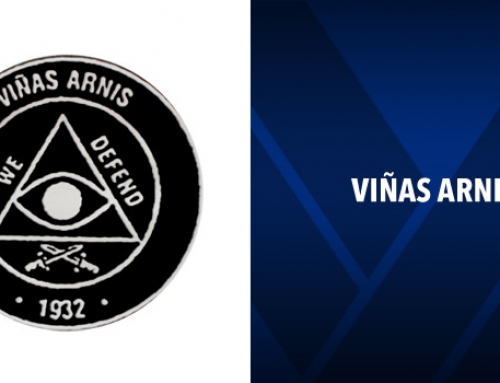
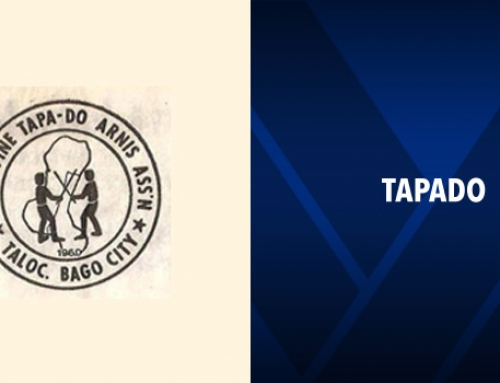
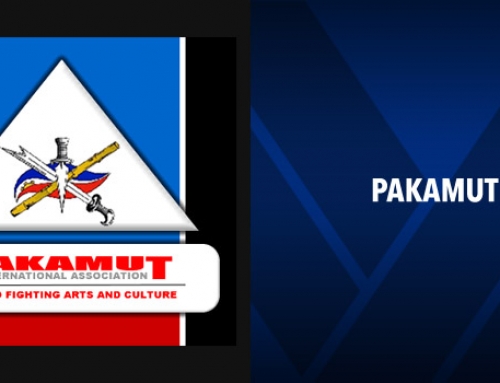


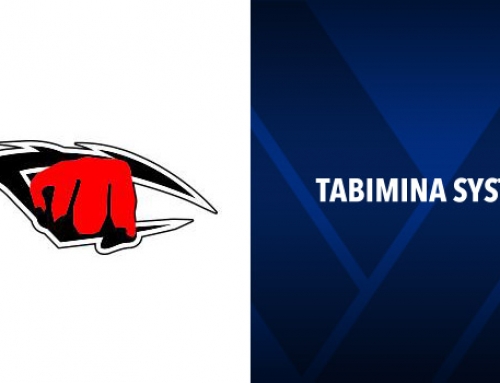

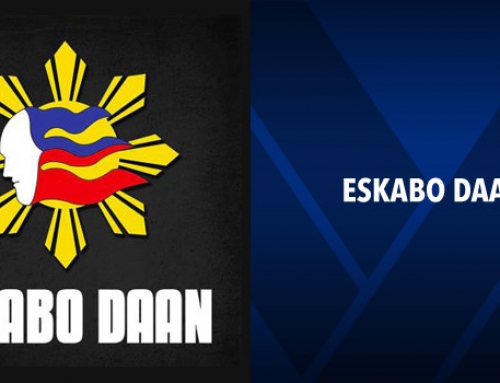
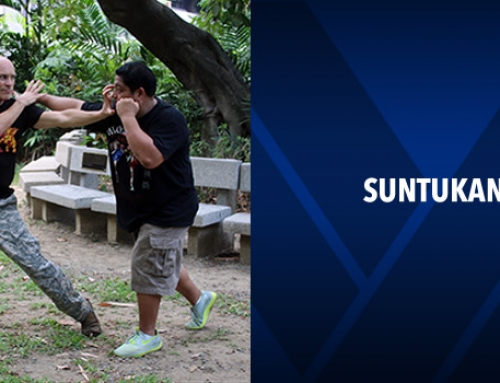
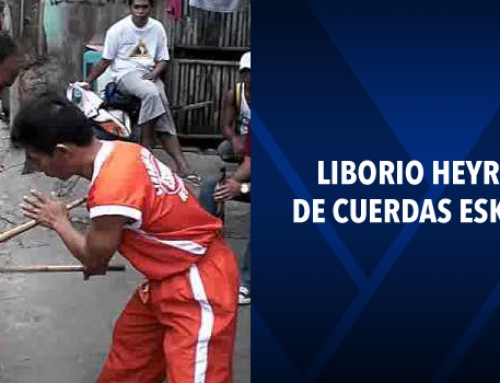
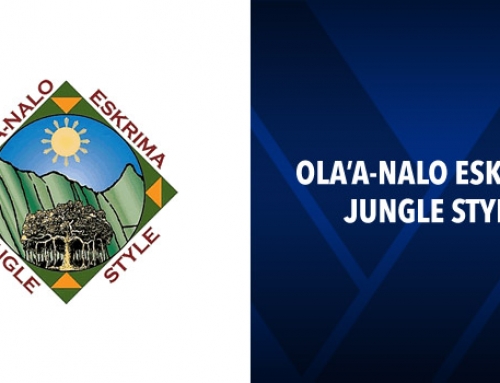
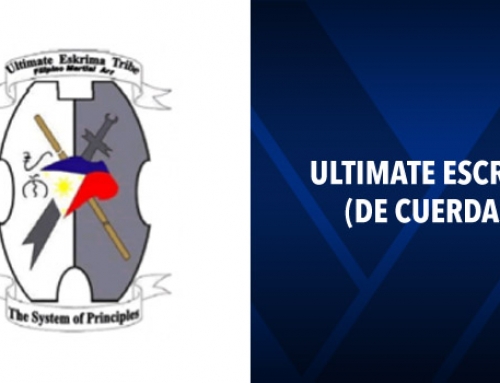
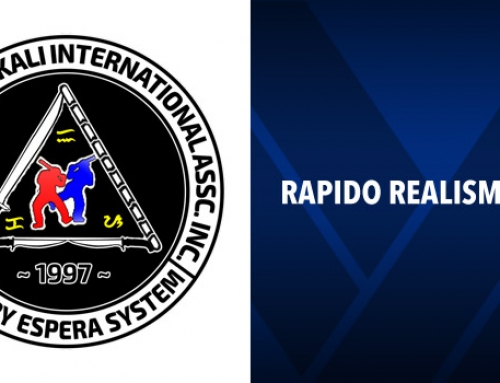
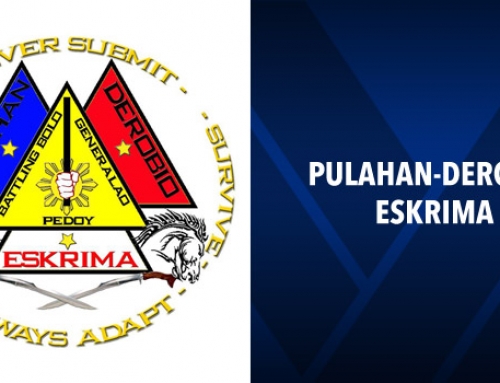
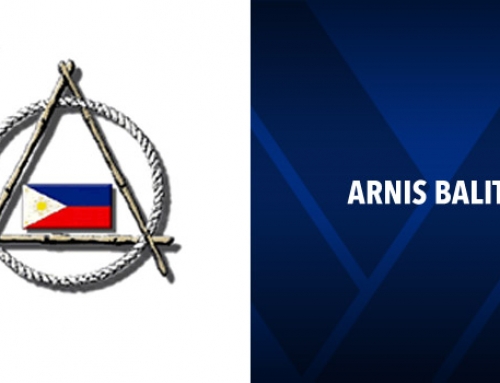
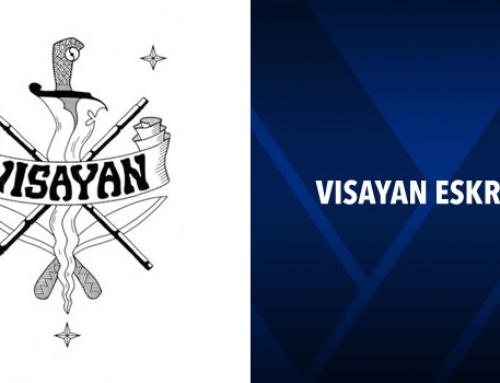
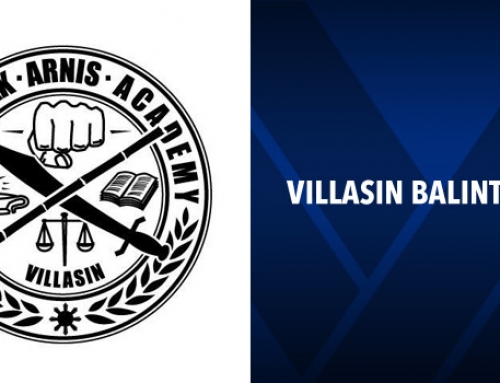

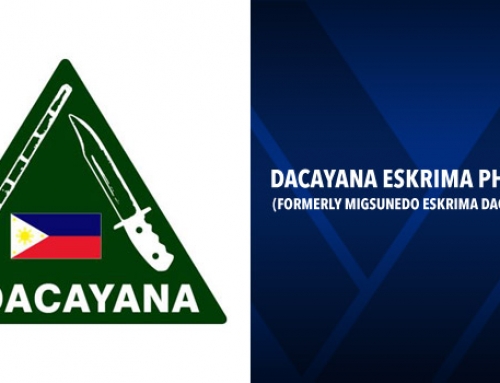
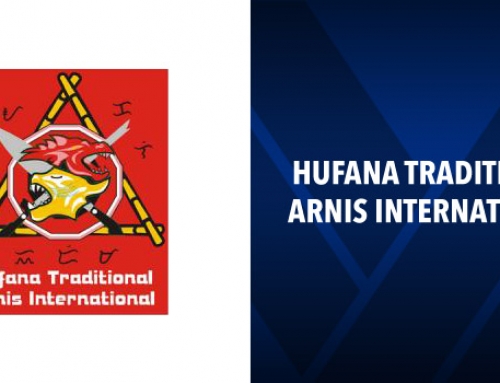
Leave A Comment
You must be logged in to post a comment.